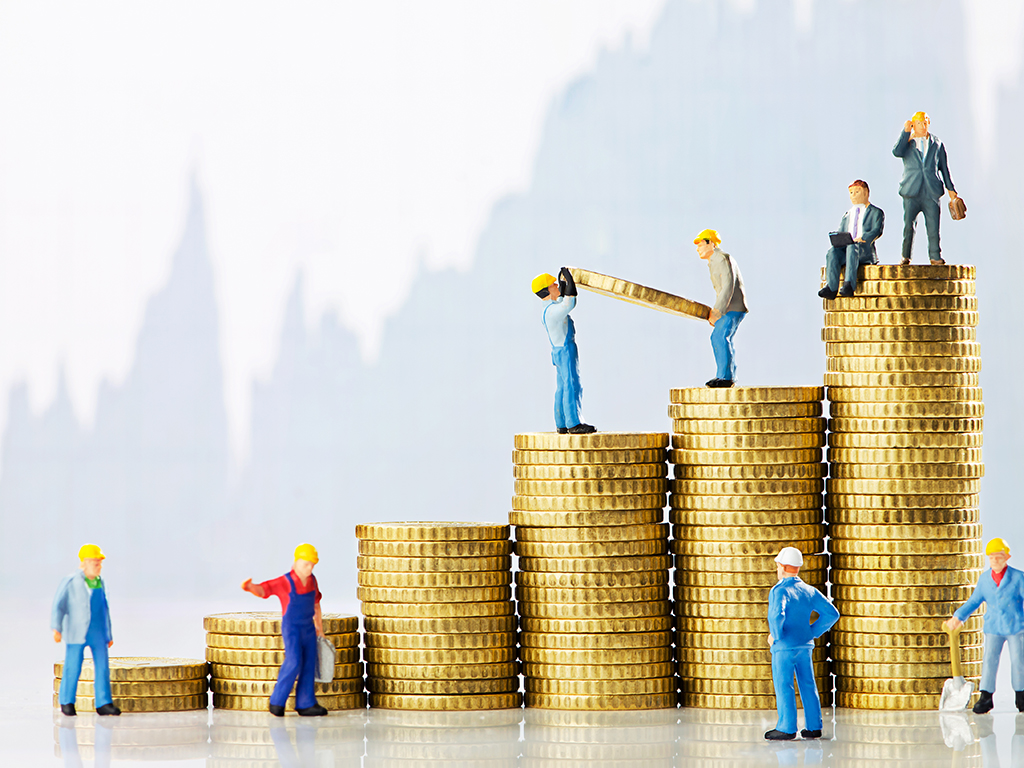RSD 11 billion in subsidies for investors in 2017 – Investors to get EUR 3,000 to 7,000 per newly employed worker, first incentive allocation contest by February
Serbia has set aside 3 billion dinars more for incentives and attracting investments in 2017 than in the previous year, and the lowering of minimum requirements for participation in allocation of incentives should contribute to a better positioning of local businessmen in the total distribution.
Whether innovations in the state subsidy allocation policy will truly have such an effect on the local economy will be more clearly apparent immediately after the first invitation for allocation of funds, which, as eKapija learns at the Ministry of Economy, should be opened no later than February.
– The first invitation in 2017 is expected in the next month – the ministry points out.
– We've planned RSD 11 billion in incentives to investors in 2017, whereas, in 2016, RSD 8.133 billion was set aside.
In order to attract more investments, stimulate new employments, development of technology and knowledge, they add, it was necessary to amend the Decree on Attracting Investments, especially by lowering the bars in order to make small investors eligible for allocation of incentives.
Subsidies for 10 employees up
The amended Decree, which came into effect in late 2016, enables allocation of incentives to small and medium business entities through the lowering of minimum requirements for enterprises for applying for subsidies. The minimum required number of new persons employed through investment projects is now 10, and the minimum required investment is EUR 100,000. These bars pertain to the realization of investment projects in local self-government units tagged as devastated areas. The bar in municipalities in the fourth group, looking by development, is EUR 200,000 in investments and 20 employees. In local self-governments from the third group, the bar is EUR 300,000 and 30 workers, the second category requires investments of EUR 400,000 and 40 employees, and the bar in the most developed municipalities is EUR 500,000 and 50 workers.
As before, the state will pay the investor EUR 3,000 to 7,000 for each new employee, depending on the area where the investment is made.
– The Decree now envision the possibility of support to projects in the sectors of agriculture and fishery (minimum EUR 2 million in investments and at least 25 new employees), and the possibility of incentives for the development of software engineering has been excluded – the ministry says.
Better business conditions more important than subsidies?
Lowering the bar for allocation of state aid should, as the ministry expects, contribute to a better utilization of possibilities provided by the Law on Investments, adopted more than a year ago with the main goal of equalizing the treatment of local and foreign investors.
Milan Knezevic, member of the Association of SMEs and owner of Modus clothes store, however, believes that these innovations won't considerably increase the chances for local businessmen to start new projects or expand the current capacities.
– Of around EUR 90 million in incentives for employment provided by the state last year, only around 3% has gone to local companies. If they gave us, small entrepreneurs, the same amount for each new employee they give to foreign investors, we would employ everybody who's unemployed in Serbia in a year.
According to Knezevic, incentives won't mean much before the business conditions are improved.
– Incentives function on the principle of the water cycle – the state provides not such large funds to the economy, and then profits in the long term from taxes and new employees, through VAT, taxes, contributions and over 100 parafiscal charges.
Whether innovations in the state subsidy allocation policy will truly have such an effect on the local economy will be more clearly apparent immediately after the first invitation for allocation of funds, which, as eKapija learns at the Ministry of Economy, should be opened no later than February.
– The first invitation in 2017 is expected in the next month – the ministry points out.
– We've planned RSD 11 billion in incentives to investors in 2017, whereas, in 2016, RSD 8.133 billion was set aside.
In order to attract more investments, stimulate new employments, development of technology and knowledge, they add, it was necessary to amend the Decree on Attracting Investments, especially by lowering the bars in order to make small investors eligible for allocation of incentives.
Subsidies for 10 employees up
The amended Decree, which came into effect in late 2016, enables allocation of incentives to small and medium business entities through the lowering of minimum requirements for enterprises for applying for subsidies. The minimum required number of new persons employed through investment projects is now 10, and the minimum required investment is EUR 100,000. These bars pertain to the realization of investment projects in local self-government units tagged as devastated areas. The bar in municipalities in the fourth group, looking by development, is EUR 200,000 in investments and 20 employees. In local self-governments from the third group, the bar is EUR 300,000 and 30 workers, the second category requires investments of EUR 400,000 and 40 employees, and the bar in the most developed municipalities is EUR 500,000 and 50 workers.
As before, the state will pay the investor EUR 3,000 to 7,000 for each new employee, depending on the area where the investment is made.
– The Decree now envision the possibility of support to projects in the sectors of agriculture and fishery (minimum EUR 2 million in investments and at least 25 new employees), and the possibility of incentives for the development of software engineering has been excluded – the ministry says.
Better business conditions more important than subsidies?
Lowering the bar for allocation of state aid should, as the ministry expects, contribute to a better utilization of possibilities provided by the Law on Investments, adopted more than a year ago with the main goal of equalizing the treatment of local and foreign investors.
Milan Knezevic, member of the Association of SMEs and owner of Modus clothes store, however, believes that these innovations won't considerably increase the chances for local businessmen to start new projects or expand the current capacities.
– Of around EUR 90 million in incentives for employment provided by the state last year, only around 3% has gone to local companies. If they gave us, small entrepreneurs, the same amount for each new employee they give to foreign investors, we would employ everybody who's unemployed in Serbia in a year.
According to Knezevic, incentives won't mean much before the business conditions are improved.
– Incentives function on the principle of the water cycle – the state provides not such large funds to the economy, and then profits in the long term from taxes and new employees, through VAT, taxes, contributions and over 100 parafiscal charges.
Milojko Arsic, professor at the Faculty of Economics, agrees that local small enterprises are not provided with the same possibilities of investment as foreign investors. Nevertheless, he assessed the new Decree as “an improvement in the current incentives model” in the Belgrade media.
Arsic says that it's also good that it has been decided not to provide incentives to the software industry, as the state needs to provide adequate workforce for the sector rather than money. He notes that, in general, the current incentives model shouldn't be relied on too much, and that systemic stimulation of the economy – better infrastructure, business environment, more efficient administration – needs to be carried out.
Based on investments which received state incentives, Serbia signed 21 contracts worth EUR 220 million in 2016, creating 15,000 new jobs. In 2017, contracts securing the employment of additional 20,000 workers are expected.
I.B.
Arsic says that it's also good that it has been decided not to provide incentives to the software industry, as the state needs to provide adequate workforce for the sector rather than money. He notes that, in general, the current incentives model shouldn't be relied on too much, and that systemic stimulation of the economy – better infrastructure, business environment, more efficient administration – needs to be carried out.
Based on investments which received state incentives, Serbia signed 21 contracts worth EUR 220 million in 2016, creating 15,000 new jobs. In 2017, contracts securing the employment of additional 20,000 workers are expected.
I.B.
Only logged-in users can comment.


 Izdanje Srbija
Izdanje Srbija Serbia Edition
Serbia Edition Serbische Ausgabe
Serbische Ausgabe Izdanje BiH
Izdanje BiH Izdanje Crna Gora
Izdanje Crna Gora














 LinkedIn
LinkedIn Email
Email Copy link
Copy link


